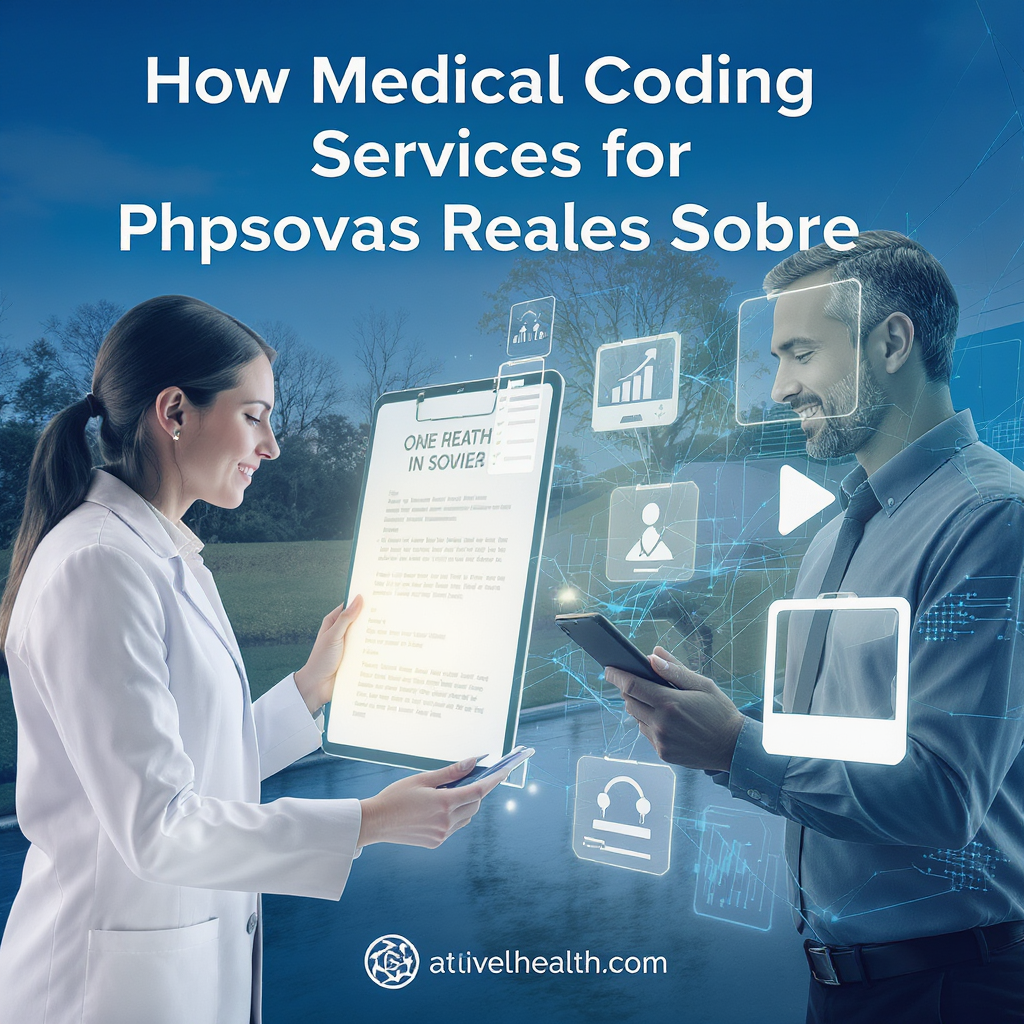What is a Medical Billing Clearinghouse?
Medical Billing
Medical Billing
In the complex world of healthcare administration, medical billing clearinghouses serve as essential intermediaries that streamline the claims processing workflow between healthcare providers and insurance companies. Understanding their role is crucial for anyone involved in healthcare billing and revenue cycle management.

Definition and Core Function
A medical billing clearinghouse is a third-party service that acts as a secure electronic bridge between healthcare providers and insurance payers. These organizations receive medical claims from providers, scrub them for errors, format them according to payer requirements, and transmit them to the appropriate insurance companies for processing.
Think of a clearinghouse as a sophisticated postal sorting facility for medical claims. Just as mail gets organized and routed to correct destinations, clearinghouses ensure that medical claims reach the right insurance companies in the proper format and with accurate information.
How Medical Billing Clearinghouses Work
The clearinghouse process follows a systematic workflow:
Claim Submission: Healthcare providers submit electronic claims to the clearinghouse through their practice management software or billing system.
Data Validation: The clearinghouse performs comprehensive claim scrubbing, checking for missing information, formatting errors, coding mistakes, and compliance issues before transmission.
Formatting and Translation: Claims are converted into the specific electronic formats required by different insurance payers, as each company may have unique submission requirements.
Transmission: Clean, properly formatted claims are electronically transmitted to the appropriate insurance companies.
Status Tracking: The clearinghouse provides real-time updates on claim status, including acceptance, rejection, or requests for additional information.
Report Generation: Detailed reports help providers track claim performance, identify common errors, and optimize their billing processes.
Key Benefits for Healthcare Providers
Medical billing clearinghouses offer numerous advantages that make them invaluable to healthcare practices:
Error Reduction: Automated claim scrubbing catches mistakes before submission, significantly reducing rejection rates and the need for costly resubmissions.
Time Savings: Providers can submit to multiple insurance companies through a single portal rather than managing separate connections with each payer.
Faster Payments: Clean claims process more quickly, improving cash flow and reducing accounts receivable aging.
Compliance Assurance: Clearinghouses stay current with changing regulations and payer requirements, helping providers maintain compliance with HIPAA and other healthcare regulations.
Cost Efficiency: Reduced administrative overhead and fewer claim rejections translate to lower operational costs and improved profitability.
Enhanced Reporting: Comprehensive analytics help providers identify trends, track performance metrics, and make data-driven improvements to their billing processes.

Types of Services Offered
Modern clearinghouses provide a wide range of services beyond basic claim transmission:
Electronic Claims Processing: Standard claim submission and tracking for all major insurance types including commercial, Medicare, Medicaid, and workers’ compensation.
Electronic Remittance Advice (ERA): Digital delivery of payment explanations and remittance information directly into practice management systems.
Eligibility Verification: Real-time insurance coverage verification to confirm patient benefits before services are rendered.
Prior Authorization: Automated submission and tracking of prior authorization requests for procedures requiring pre-approval.
Claim Status Inquiries: Automated checking of claim status with insurance companies to expedite follow-up processes.
Denial Management: Detailed reporting and analysis of claim denials to help providers address systemic issues.
Choosing the Right Clearinghouse

Selecting an appropriate clearinghouse requires careful consideration of several factors:
Payer Network: Ensure the clearinghouse connects to all insurance companies your practice works with regularly.
Integration Capabilities: Verify compatibility with your existing practice management and electronic health record systems.
Pricing Structure: Compare fee models, which may include per-claim charges, monthly subscriptions, or percentage-based pricing.
Reporting Features: Evaluate the depth and usefulness of available reports and analytics tools.
Customer Support: Consider the quality and availability of technical support and customer service.
Security Standards: Confirm the clearinghouse maintains appropriate HIPAA compliance and data security measures.
Additional Services: Assess whether value-added services like eligibility verification or denial management would benefit your practice.
Industry Impact and Future Trends
Medical billing clearinghouses play a crucial role in the broader healthcare ecosystem by improving efficiency and reducing administrative costs across the industry. As healthcare continues to digitize, clearinghouses are evolving to offer more sophisticated services including artificial intelligence-powered claim optimization, predictive analytics for denial prevention, and enhanced integration with emerging healthcare technologies.
The movement toward value-based care and alternative payment models is also driving clearinghouses to expand their capabilities beyond traditional fee-for-service claim processing to support new payment methodologies and quality reporting requirements.

What is a Clearinghouse in Healthcare?
A clearinghouse in healthcare revenue cycle management provides medical billing services and acts as a bridge between healthcare providers and payers, typically insurance companies or government healthcare programs. Its primary role is to facilitate the exchange of medical claim information, ensuring that these claims are accurate, complete, and aligned with healthcare industry standards.
According to COA (California Orthopaedic Association), there are different types of clearinghouses as there are various types of medical claims, such as pharmacy claims, dental claims, DME claims, in-patient facility claims, and out-patient medical professional claims. A medical billing clearinghouse is a complex and time-consuming process that also enables electronic funds transfer (EFT) for on-time payments.
How Does a Clearinghouse Work? Breaking Down the Process in Revenue Cycle Management
Uncover the workings of a clearinghouse in the revenue cycle management process. From electronic claims submission to data scrubbing, validation, payer review, and receiving remittance advice, medical billing services play a crucial role in ensuring efficient and accurate transactions.
Claims Submission
Healthcare providers submit claims to the clearing house electronically or via paper, but electronic submission is more common due to its efficiency. In this step, the medical billing software in revenue cycle management solutions creates an electronic file known as the ANSI-X12-837 file, which is uploaded to your medical clearinghouse account.
Data Scrubbing and Validation
The next step is data scrubbing, in which the clearinghouse validates these claims for errors and inaccuracies. As a clearinghouse’s most important function, it ensures that the claims are free from common mistakes like missing information and incorrect coding.
Claim Transmission
Once the data is scrubbed, the clearinghouse transmits claims safely to the respective payers, adhering to HIPAA regulations to protect the patient data. It is because medical claims in RCM are also technically known as ‘HIPAA Transactions,’ and because of HIPAA, we cannot send claims for patient billing to insurance payers simply by email.
Payer Review
Then, the payers review these claims, determine their coverage, and calculate the payment amounts. During this process, the clearinghouse assists the payers by providing organized and standardized data, contributing to the functions’ efficiency and improving the experience.
Receiving Remittance Advice
After the review, the payer sends the remittance advice to the clearinghouse, containing details about the payments or their denial. This information is then delivered to the healthcare provider; if rejected, there is a chance to make the necessary corrections.
Common Clearinghouse Providers and the Role of Medical Billing Services
Some of the common clearinghouse providers are:
- CareCloud
- Change Healthcare
- Navicure
- Availity
- Emdeon
- Trizetto Provider Solutions
When choosing the clearinghouse providers, consider factors like pricing, customer support, and integration capabilities.
Challenges and Considerations in Clearinghouse Technology
While clearing houses in revenue cycle management offers numerous benefits, we must consider factors like pricing, customer support, and integration capabilities when selecting the right clearinghouse partner for your medical billing services. Due to capacity concerns, many clearinghouse users have encountered errors or delays when attempting to register, query, submit, or find information. Providers must address these challenges and fix them as soon as possible.
Clearinghouses Future Trends and Medical Billing Services
The future of clearinghouses is exciting with emerging technologies like artificial intelligence and blockchain. These cutting-edge trends are poised to revolutionize the claims processing and revenue cycle management landscapes. These innovations promise increased efficiency and security in the coming years for medical billing services.
Conclusion
In revenue cycle management, clearinghouses for medical claims, alongside reliable medical billing services, are unsung heroes of the healthcare industry, simplifying the complex and cumbersome claims process. They ensure accuracy, minimize errors, and enhance communication between the providers and the payers.
In this rapidly changing era, choosing the right RCM partner is crucial; one option that stands out is CareCloud. It is a savvy RCM provider that optimizes the medical claims process. Make the smart choice for your practices; by choosing CareCloud, your patients, your team, and your bottom line will thank you later.
Conclusion
Medical billing clearinghouses serve as vital infrastructure in the healthcare revenue cycle, enabling providers to focus on patient care while ensuring efficient, accurate claim processing. By acting as intermediaries between providers and payers, they reduce administrative burden, improve cash flow, and help maintain compliance with complex healthcare regulations.
For healthcare practices looking to optimize their billing operations, partnering with a reputable clearinghouse represents a strategic investment that can yield significant returns through improved efficiency, reduced errors, and faster payment processing. As the healthcare industry continues to evolve, these essential service providers will undoubtedly play an increasingly important role in supporting the financial health of medical practices nationwide.



